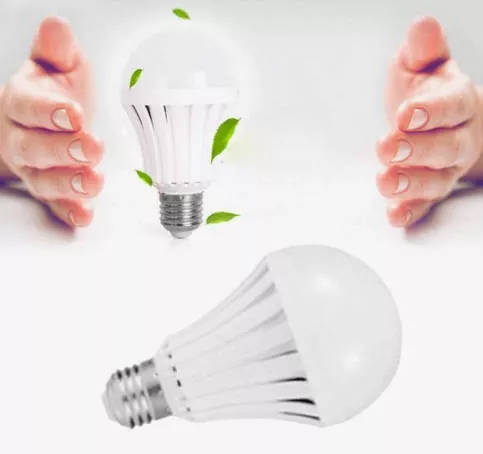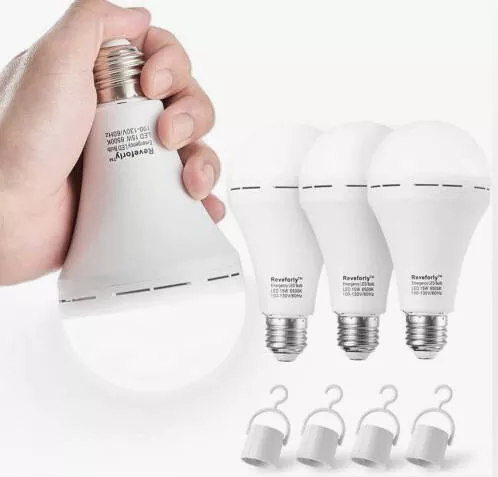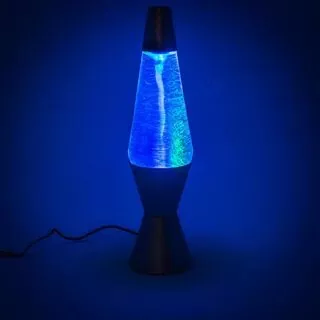Traditional light bulbs and LEDs like incandescent bulbs or fluorescent bulbs, differ in significant ways.
1.Energy Efficiency:

LED bulbs are more energy efficient than equivalents. They use less electricity to produce the same amount of lighting.
– leading to reduced electricity bills as well as cost savings for homeowners.
2.Lifespan:
LED light bulbs have a significantly longer lifespan than conventional bulbs. Traditional bulbs can last up to 1500-50,00 hours, while LED bulbs could last up to 15,000-50,00.
3.Heat Generation:
LED bulbs produce just a little heat as compared to conventional bulbs. This makes LEDs more easy to manage, and also reduces the fire hazards of lighting fixtures that are enclosed.
4.Size and design:
LED bulbs are usually smaller and less bulky compared to their traditional counterparts offering more options regarding lighting fixture design and placement.
5.Instantaneous Lighting:
LED bulbs will provide instant illumination when turned on. This is in contrast to other traditional bulbs, like fluorescent bulbs, which take some time to reach maximum brightness.
6.Color Temperature Options:

LED bulbs provide an array of color temperature options from warm white to cool white. This allows users to alter the ambience of their room as they wish. The design of traditional bulbs dictates the color they emit.
7.Environmental Impact:
LED bulbs are more environmentally friendly than fluorescent bulbs because they use less energy they last longer, and aren’t contaminated with harmful materials such as mercury.
LED lamp bulbs offer numerous benefits in terms of energy efficiency, lifespan and environmental impact, when compared to conventional bulbs. While their initial costs may be more expensive, their longer-term benefits often outweigh the initial expense.

